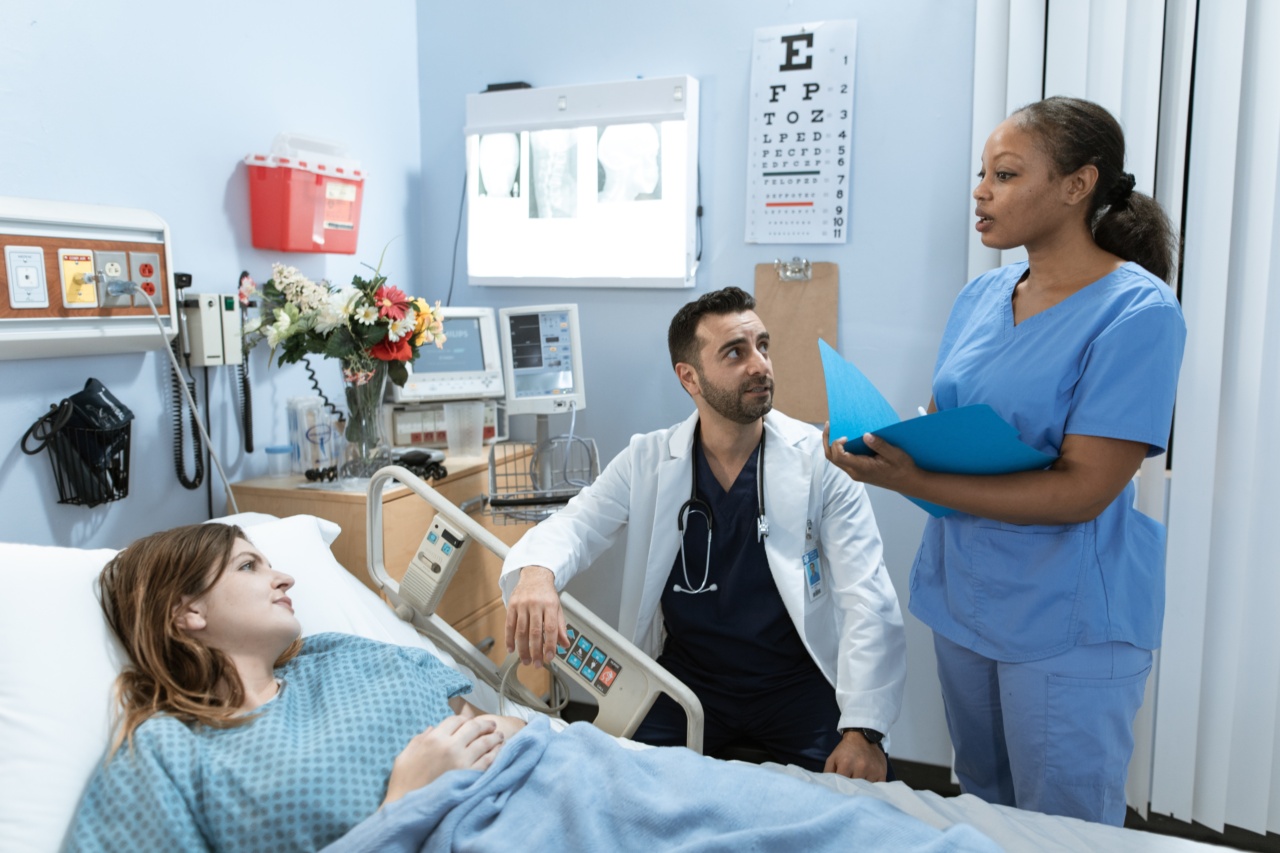Ankylosing spondyloarthritis (AS) is a chronic inflammatory disease that primarily affects the spine and other joints, leading to pain, stiffness, and limited mobility.
This condition is part of a group of inflammatory disorders called spondyloarthritis, which also includes psoriatic arthritis, reactive arthritis, and enteropathic arthritis. Ankylosing spondyloarthritis affects about 0.5 to 1.5 percent of the population, and it appears to be more common in men than women. It usually begins in the late teenage years or in the 20s, although it can develop at any age.
Causes of Ankylosing Spondyloarthritis
The exact cause of ankylosing spondyloarthritis is not known, but it is thought to be a combination of genetic and environmental factors.
Most people with AS have a genetic predisposition to the disease, and certain genetic markers, such as HLA-B27, are strongly associated with the condition. However, not everyone with these genetic markers develops AS, suggesting that other factors, such as infections, stress, or trauma, may trigger the immune system to attack the joints and cause inflammation.
Symptoms of Ankylosing Spondyloarthritis
AS usually develops gradually, and its symptoms can vary widely from person to person. The most common symptom is pain and stiffness in the lower back, which is often worse in the morning or after a long period of rest.
The pain can radiate to the hips, buttocks, and thighs, and it may improve with exercise or activity. Other symptoms of AS may include:.
- Reduced flexibility of the spine
- Difficulty sleeping
- Fatigue
- Chest pain or shortness of breath (in rare cases when the inflammation affects the ribs)
- Eye inflammation (uveitis or iritis)
- Bowel inflammation (Crohn’s disease or ulcerative colitis)
Diagnosis of Ankylosing Spondyloarthritis
Diagnosing ankylosing spondyloarthritis can be challenging, as its symptoms can mimic those of other conditions, such as osteoarthritis or herniated discs. However, several tests and procedures can help confirm the diagnosis:.
- Medical history and physical exam: The doctor will ask about your symptoms, medical history, and family history of AS and perform a physical exam to check for signs of inflammation and joint damage.
- Imaging tests: X-rays, magnetic resonance imaging (MRI), and computed tomography (CT) scans can detect changes in the spine and other joints that suggest AS, such as narrowing of the joint spaces, bone proliferation, or bone fusion.
- Blood tests: A blood test can check for the presence of the HLA-B27 gene and other markers of inflammation, such as C-reactive protein (CRP) and erythrocyte sedimentation rate (ESR).
Treatment of Ankylosing Spondyloarthritis
There is no cure for ankylosing spondyloarthritis, but several treatments can help relieve its symptoms, slow its progression, and improve quality of life.
The type and duration of treatment depend on the severity and progression of the disease, as well as the patient’s age, gender, and overall health. Some of the most common treatments for AS include:.
- Nonsteroidal anti-inflammatory drugs (NSAIDs): These medications, such as ibuprofen and naproxen, can help reduce pain, swelling, and stiffness in the joints. They are usually the first-line treatment for AS and may be used alone or in combination with other drugs.
- Disease-modifying antirheumatic drugs (DMARDs): These medications, such as sulfasalazine and methotrexate, can help slow the progression of AS by suppressing the immune response that causes inflammation. They are usually prescribed for people with moderate to severe AS who do not respond to NSAIDs.
- Biologic agents: These medications, such as tumor necrosis factor (TNF) inhibitors and interleukin-17 (IL-17) inhibitors, can target specific proteins or cells in the immune system that contribute to inflammation. They are usually prescribed for people with severe AS who do not respond to DMARDs.
- Exercise and physical therapy: Regular exercise, such as swimming, walking, or stretching, can help improve flexibility, strength, and posture, and reduce pain and stiffness in the joints. Physical therapy and occupational therapy can also help people with AS learn coping strategies, improve daily activities, and prevent disability.
- Surgery: In rare cases when AS causes severe joint damage or deformity, surgery may be necessary to replace or fuse the affected joints, restore function, and reduce pain.
Prevention of Ankylosing Spondyloarthritis
Since the exact cause of ankylosing spondyloarthritis is still unknown, there is no sure way to prevent it. However, some lifestyle habits and behaviors may reduce the risk or delay the onset of AS:.





























